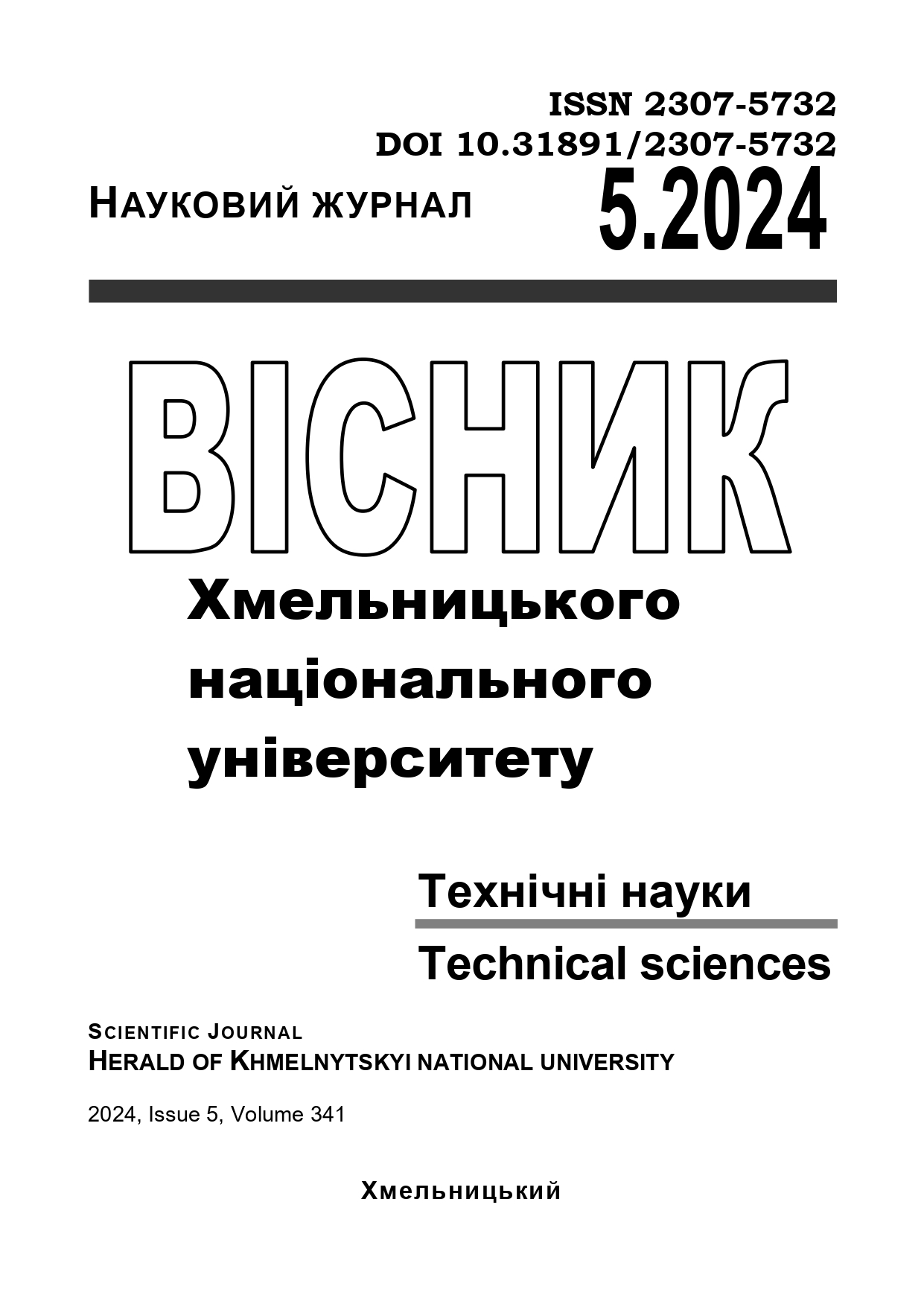MODELING OF THE HEAT AND MASS TRANSFER PROCESS IN DRYING CHAMBERS OF HYGROSCOPIC MATERIALS USING CELLULAR AUTOMATA
DOI:
https://doi.org/10.31891/2307-5732-2024-341-5-59Keywords:
convective heat transfer, mathematical modeling, porous medium, heat flow, microstructureAbstract
The article presents the modeling of the heat and mass transfer process in drying chambers for hygroscopic materials using cellular automata. Based on the fundamental laws of heat and mass transfer, a mathematical model was created that takes into account both internal processes in the material and external processes occurring between the material, drying agent, and drying chamber components. Particular attention is paid to the development of an asynchronous model of cellular automata, where each element of the system can be in one of several states, and its changes are determined by transition rules. In general, the structure of cells consisting of a set of micro-objects, as well as an algorithm that determines their initial state during the formation of a cellular automaton field, are presented in this work. Additionally, the heat and mass transfer area is divided into several zones, each of which has boundaries on the cellular automaton field. In turn, the transition rules for the cellular automata model are formulated on the basis of the developed mathematical model of heat and mass transfer, and an appropriate algorithm is developed for their application. To ensure the unambiguity of the cellular automata model in the process of implementation, its formalized form is given. Therefore, the created cellular automata model provides the ability to model complex heat and mass transfer processes in drying chambers of hygroscopic materials, taking into account dynamic changes in time and space. The modeling results confirm the effectiveness of using cellular automata, in particular, for studying the drying process of hygroscopic materials and the heat and mass transfer that occurs as a result of this process. This approach makes it possible to take into account complex boundary conditions and obtain adequate results regarding changes in temperature and humidity of the material and drying agent during the drying process.

